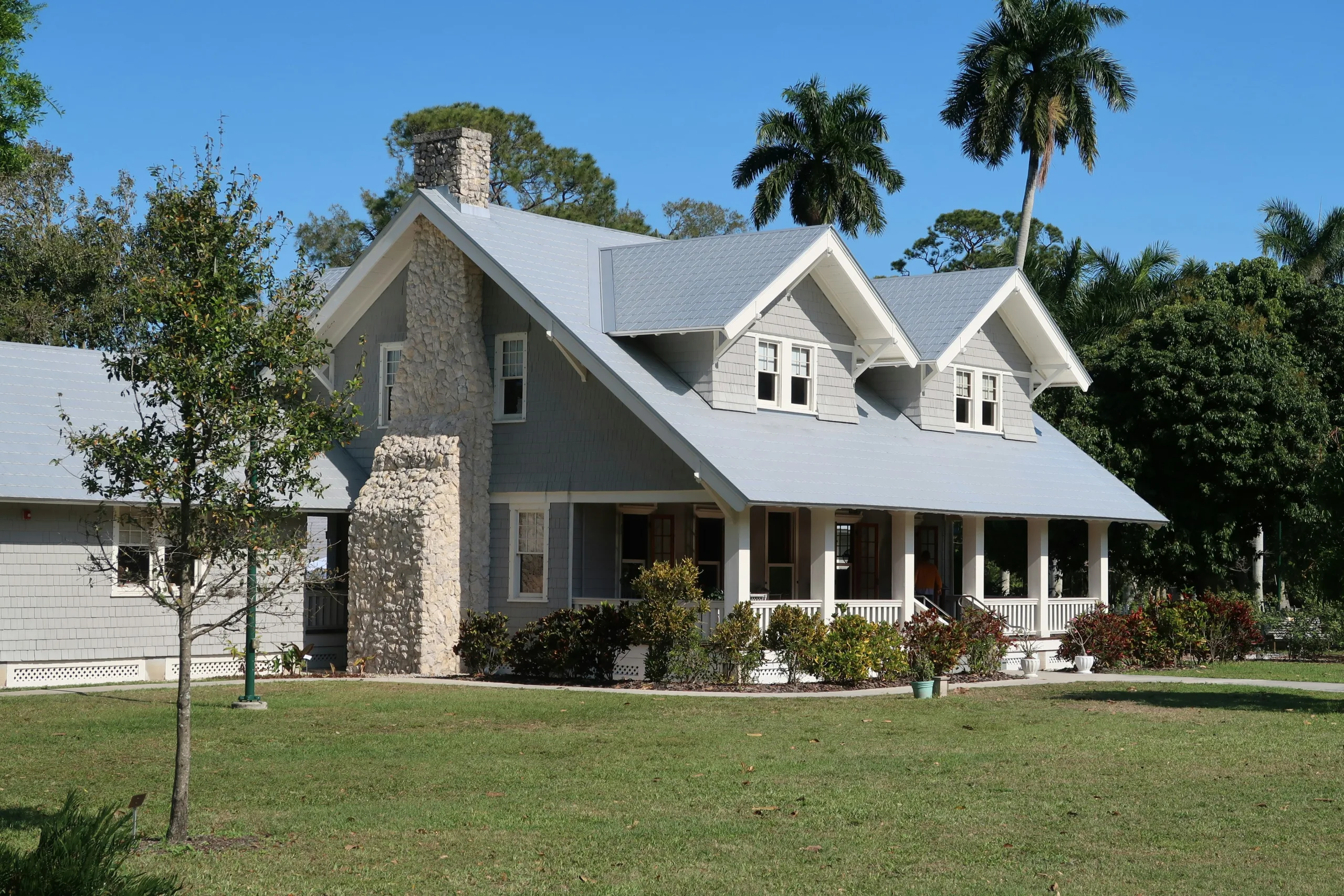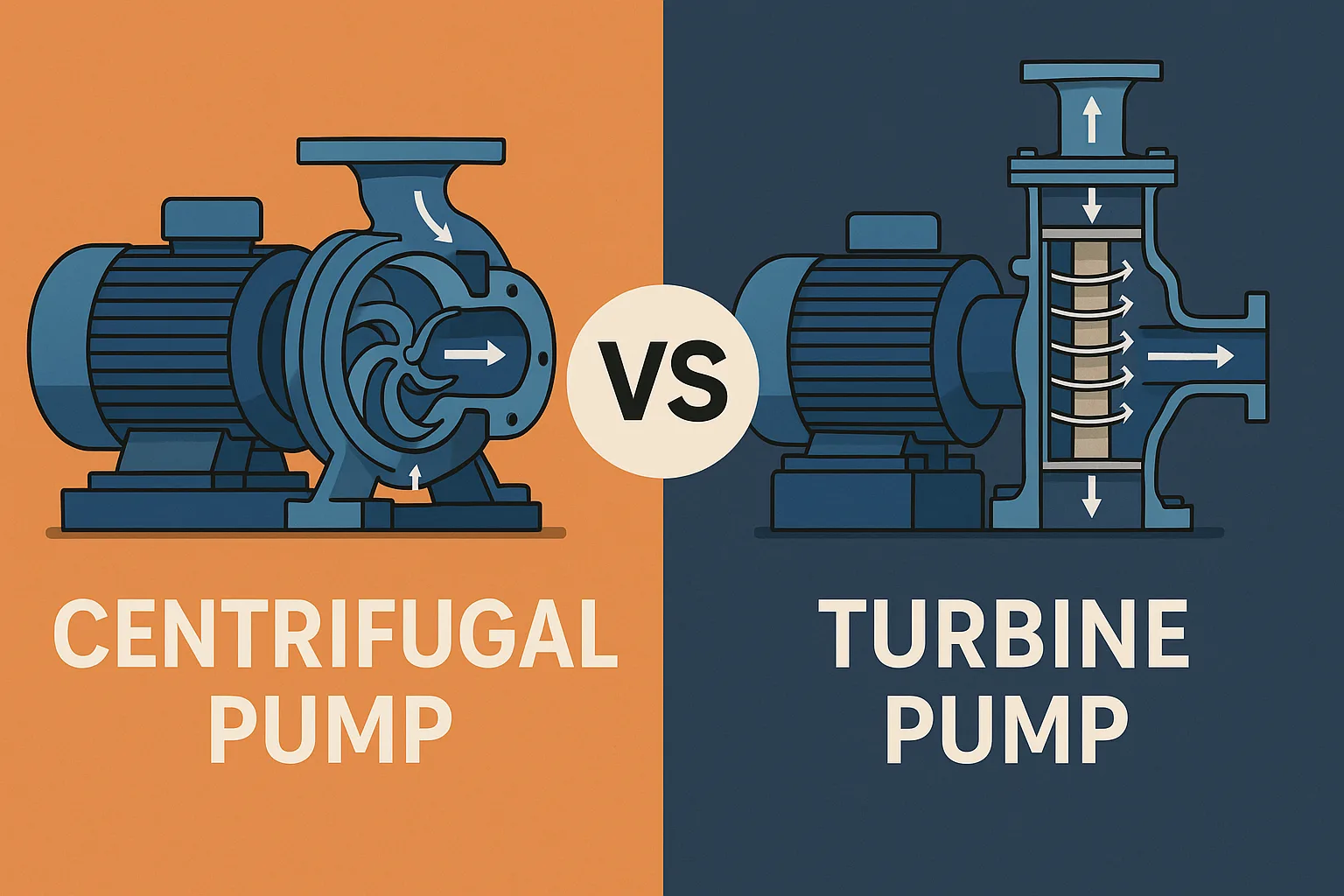Home Flood Protection: How a Sump Pump Helps

Flooding in Australia is a common occurrence, especially in the eastern and northern regions of the country. It happens due to heavy rainfall, tropical cyclones, and seasonal monsoons. The main causes include excessive precipitation, climate change, and the country’s unique terrain. Flooding remains a serious issue, particularly as climate conditions continue to shift.
How does Australia manage flooding? By improving drainage systems and dams, operating satellites for weather forecasting, and establishing emergency relief funds. Sump pumps also play a key role in protecting buildings from flooding, especially in basements. They can automatically remove excess water, preventing flooding and property damage.
What Is a Sump Pump and How Does It Help with Flood Control?
A standard sump pump pulls out water from basements and crawl spaces, helping to organise home flood protection. As usual, homeowners place it in a pit to collect and pump out groundwater.
When the liquid level reaches a preset threshold, the compressor automatically turns on and drains the water through the drainage system, directing it away from the basement. The item can play a key role in a well-rounded flood protection strategy when paired with a reliable drainage system.
Why Every Flood Control System Needs a Sump Pump
Every home flood prevention system should always include an automated sump pump. During heavy rainfall and rising groundwater levels, water enters lower-level spaces, and then it activates, expelling it from the building. Homes in high flood-risk areas are the primary candidates for this engineering system. Reliable waterproofing, well-thought-out water drainage, reuse plan and pumps keep basements and crawl spaces dry, saving you from expensive repairs.

Choosing the Right Sump Pump for Flood Protection
With floods in coastal regions like Queensland, New South Wales, and Victoria, having a reliable drainage system is especially important. Different types of sump pumps provide protection based on the risk of flooding, local climate, and building type. Let’s take a closer look at the primary sump pumps and stormwater sump pumps:
- Primary sump pumps are the go-to choice for most homes in areas with moderate rainfall and relatively stable groundwater levels. Pieces handle everyday conditions, removing seepage from basements and underfloor spaces. These pumps come in two types: submersible and pedestal.
- The second type, stormwater sump devices, are more powerful units designed to handle extreme conditions like heavy storms, cyclones, and intense rainfall—common in some parts of Australia. A good stormwater piece is a must-have in parts of the country with seasonal monsoons and coastal provinces where heavy rain can cause sudden flooding. Unlike standard, these units have more powerful motors with higher capacity and often come with backup batteries, so they can keep running even if the power goes out during a storm.
When choosing a sump pump for flood control, you should consider:
- The amount of rainfall in your area;
- The depth of the groundwater;
- The size of the space you need to protect;
- The risk of power outages.
Experts often recommend combining standard and stormwater sump compressors for maximum protection. Additionally, Australian building regulations require that every flood equipment meets drainage standards and operates efficiently in local climate conditions. Modern models come with water level sensors, automatic shut-off switches, and overheating protection, making them more reliable and easier to use.
Factors to Consider When Buying a Flood Sump Pump
For a sump pump to work effectively in extreme conditions, it’s not just about choosing the right model—it also requires proper planning and calculating key operating parameters in advance.
- Pump capacity. It is typically measured in litres per hour, showing how much water the pump can handle. For territories with moderate rainfall, a pump with a capacity of 5,000 to 10,000 litres per hour should be enough. But if you live in a flood-prone state, choose a powerful model that can handle 15,000 litres or more.
- Power source. Standard items run on mains power, but for extra security, choose a model with a battery backup or connect it to a generator.
- Installation location. Experts recommend installing the unit in the basement, underfloor space, or an outdoor drainage system. In underfloor spaces, put it in the corners where moisture tends to gather. If needed, add outdoor pumps to direct water away from the foundation and reduce the strain on internal drainage systems.

Installing a Sump Pump for Effective Home Flood Protection
Your home flood protection system – including the sump device – will work well, last longer, and perform efficiently when installed according to engineering standards.
What do you need to know? First off, always check the recommendations. You can find them in the manual or ask a sales manager before you buy.
A sump pump sits at the heart of your drainage system. It actively pumps water out of the sump pit, where moisture from the ground or drainage pipes gathers. When the water level in the sump pit hits a critical mark, the pump kicks into action.
Extra protection systems to match a sump pump:
- French drains collect water from the soil and channel it into the sump pit.
- Waterproofing the foundation stops water from seeping through the basement walls.
- Drainage channels direct rainwater away from the roof and walls, easing the load.
- Backup sump pumps offer added safety if the pump fails.
If you are planning to install the mechanism yourself, make sure to follow these basic steps for it to work efficiently:
Step 1: Pick the right spot
Place the pump in the lowest area of your basement or underfloor space—where water collects the most.
Step 2: Prepare the sump pit
Dig a pit about 50cm in diameter and 60–80cm deep to hold the water. Fit a plastic or concrete basin to keep the soil from collapsing.
Step 3: Install the pump
Put the piece in the sump pit and secure it at the bottom. If your model has a float switch, make sure it moves freely and kicks in when the water level rises.
Step 4: Connect the drainage pipe
Attach a pipe to the pump that carries water out. Make sure it slopes slightly away from your house to stop water from flowing back towards the foundation.
Step 5: Filter and prevent clogs
Use filters and sump pit covers to keep the mechanism from getting blocked.
Step 6: Connect to mains power
If your tool runs on electricity, use a GFCI-protected outlet. In areas with frequent power cuts, choose a model with backup power.
Step 7: Test the system
Pour water into the sump pit and see how the unit drains it. If everything runs smoothly, secure all the components and close the sump pit cover.
Although many homeowners like to install their sump pump themselves, some cases need a pro. When should you hire a professional?
- Complex drainage systems – if you need to connect to a French drain or install several pumps.
- Deep groundwater levels – in these cases, pinpoint the right spot for the pump and choose a high-powered model.
- Electrical work – if you need new wiring installed or to connect your pump to a generator.
- Complex building structures – for example, if your basement is already tiled or finished with materials that require careful handling.

When to Upgrade Your Flood Control System
Australian weather conditions can mean that a standard pump struggles to cope with the water coming in. To reduce the risk of damage to your property, regularly check your current system and upgrade it if necessary.
Signs your sump pump isn’t keeping up:
- If your item keeps running non-stop, it might not have enough power, or you may have set up the drainage system wrong.
- If moisture lingers after heavy rain, your device may not be removing water fast enough, or the drainage system isn’t doing its job effectively.
- Excessive noise, irregular performance, or strange sounds could mean mechanical wear or a clogged system.
- If your compressor relies entirely on mains power, a blackout could leave it useless right when you need it most.
- If the water collects too fast, you might need a larger sump pit or an extra pump to handle the load.
If your current pump can’t handle the water flow, it might be time for an upgrade. Here are a few solutions:
- Install a more powerful sump pump;
- Add a backup model;
- Use a battery backup sump device.
Modern sump pumps come with smart technology that helps monitor real-time performance. These features provide extra control and let homeowners react quickly to potential issues:
Water level sensors: Track how much water is in the pit and automatically activate the pump when needed.
Mobile alerts: Some models connect to Wi-Fi and send notifications straight to your phone if there’s a malfunction or the system is overloaded.
Smart home integration: Connecting your management device to a home automation system allows remote monitoring and helps optimise energy use.

Conclusion
Sump pumps are a key part of any flood protection system, especially in parts of Australia where heavy rain and high groundwater levels are common. Choosing the right model, setting up backup systems, and integrating smart technology can help minimise risks—even in extreme weather conditions.
Don’t wait for the next storm—protect your home today! Check out the best flood protection pumps from Streamline Pump Solutions, or speak with experts to find the right solution for your home.
Articles you may be interested in


